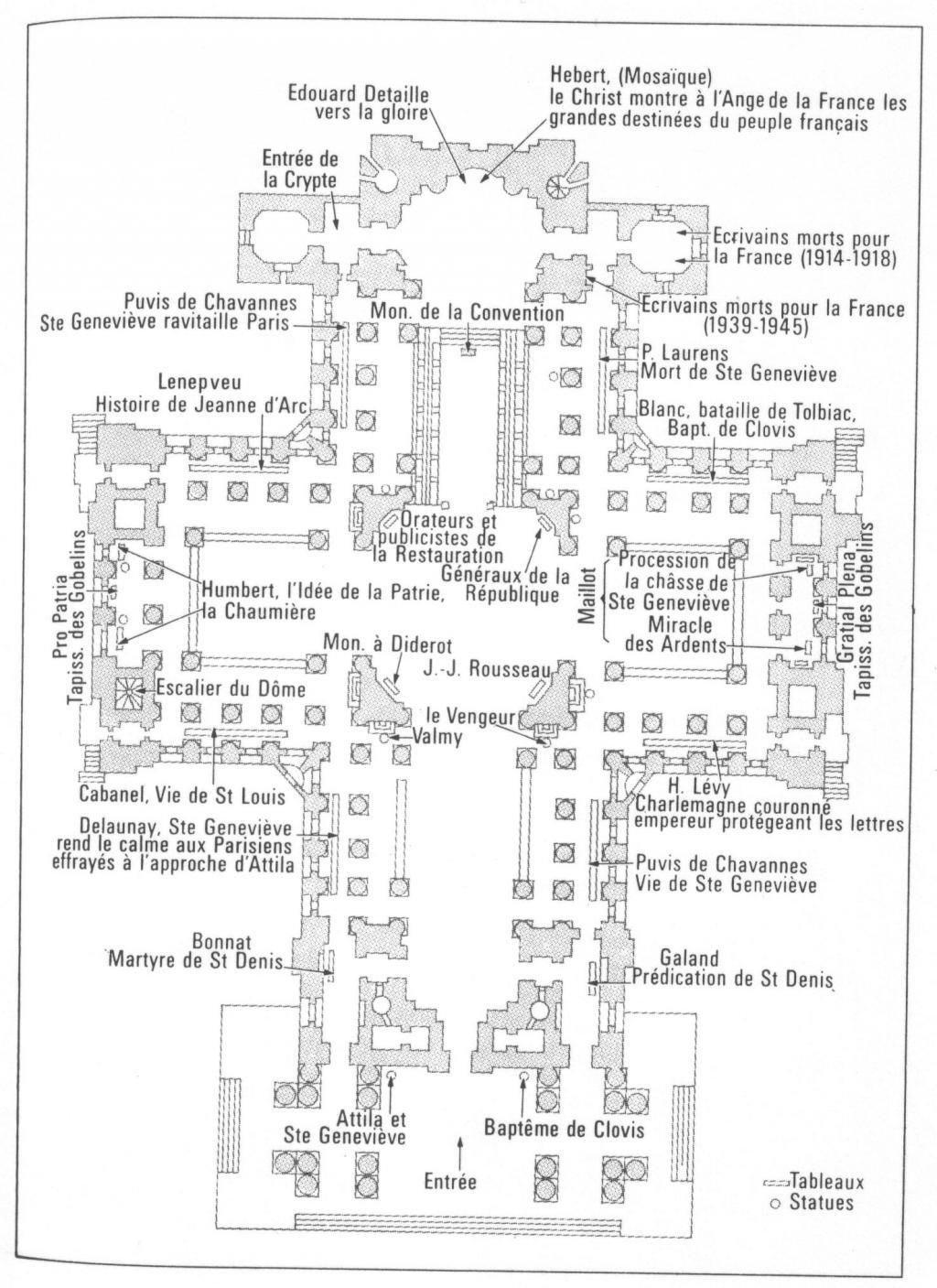Pierre Curie
Fun Fact
Daughter Irene Joliot-Curie died in Paris on 17 March 1956 from an acute leukemia linked to her exposure to polonium and X-rays. Her sister, Ève Curie, died in her sleep on 22 October 2007 in her residence on Sutton Place in Manhattan at age 102.
Cemetery Information:
Grave Location:
CryptGrave Location Description
Enter through the main entrance, and go straight all the way to the back of the building. There will be a sign pointing left to go to the Crypt. Follow the signs and go down the staircase to the Crypt. In the Crypt, equal in size to the main hall above, though with space consumed by structural elements, you’ll see the tombs and memorials in various rooms branching out from the main hallway. Pierre Curie is buried with his wife, Marie Curie, in the same alcove and his tomb is directly below hers.
Curie family gravestone. Pierre was buried with his mother in the Curie family plot in Cimetière de Sceaux, on the outskirts of Paris, where eventually his father and Marie joined them. Many years later Pierre and Marie were reinterred in the Panthéon, the national sepulcher for the most eminent French citizens. Their original headstone still stands in Division 11.






